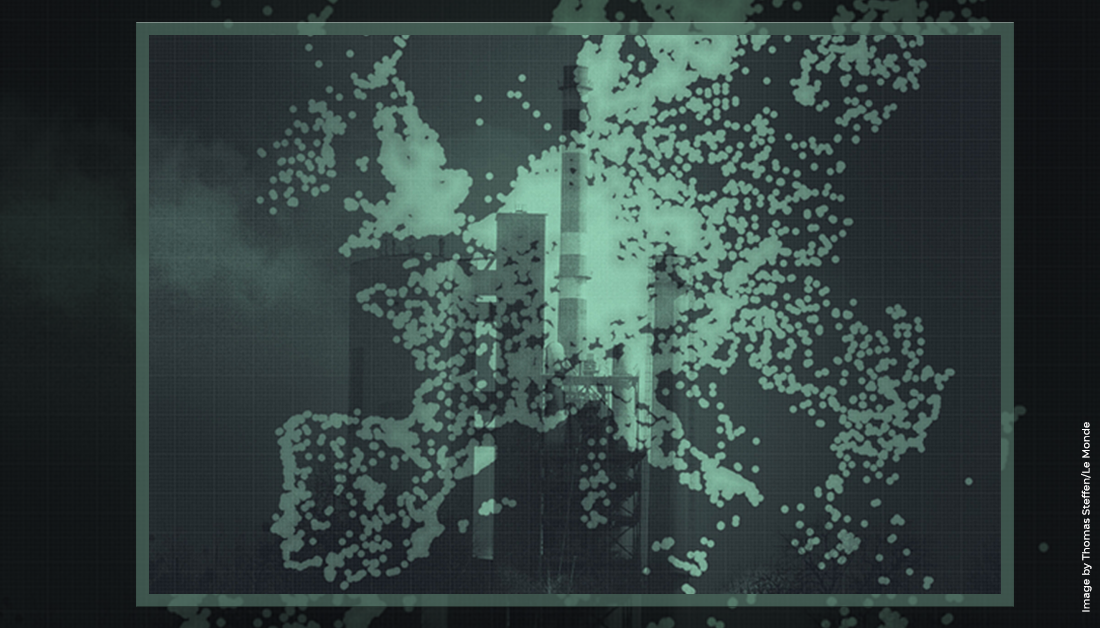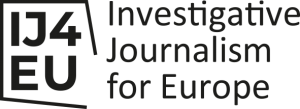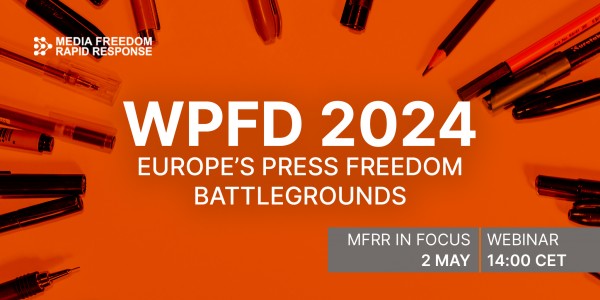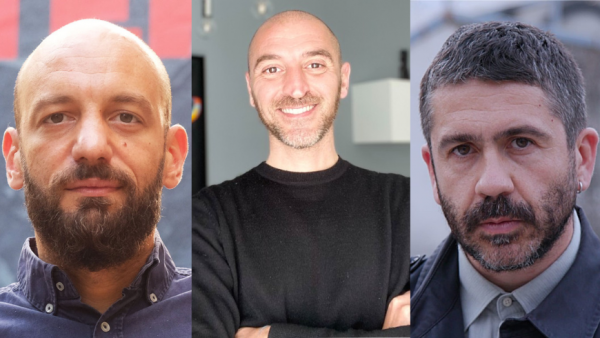Have you ever wondered if your rain jacket or the non-stick pan you cook with could harm you?
Most people have never heard of PFAS, short for poly- and perfluoroalkyl substances, a class of toxic, human-made chemicals that have been used around the world for industrial purposes and in common consumer products for decades.
“They are literally everywhere,” Tim Luimes, an investigative journalist based in the Netherlands, said. “They are in our blood, in our soil, in our water, in our food. You cannot escape them.”
More commonly known as “forever chemicals” due to their inability to break down over time, PFAS easily and quickly transfer from industrial emissions and consumer products to the environment and consequently, into humans.
“Once it’s emitted, it’s there,” Luimes told the International Press Institute (IPI) in an interview. “There is no large-scale solution to remove [PFAS] from the environment.”
Luimes was speaking as the leader of an unprecedented cross-border investigation into PFAS in Europe, supported by the IPI-led Investigative Journalism for Europe (IJ4EU) fund.
Even very small doses of PFAS have been linked to harmful health effects for humans, including cancer and infertility. Despite their proven negative impacts, they are highly costly to remove, leading many governments to give up on large-scale cleanup efforts.
Luimes’ interest in this little-known family of chemicals was sparked in 2021, after reading about the case of 3M, a U.S. chemical company responsible for releasing extremely large amounts of toxic PFAS from a plant near Antwerp into groundwater in Flanders, Belgium, sickening locals.
After further reading on PFAS contamination in the United States linked to Teflon, and conversations with Belgium-based colleague Tomas Vanheste, Luimes was inspired to begin his own reporting.
“First we did — just the two of us — an investigation on 3M, in Flanders…but basically from the start, we were already thinking, ‘OK, but this is a European story,’” Luimes recalled.
He knew that 3M could not be the only factory in Europe producing PFAS. “The next question was, how many more are there, and we couldn’t really find a complete overview of how many factories in the EU produce these substances.”
From there, Luimes and his colleague launched a continent-wide reporting project, initially recruiting reporters from Germany, France and Italy. The project quickly grew into a months-long investigation coordinated between 18 European newsrooms.
With IJ4EU support, the Forever Pollution Project exposed the previously unknown extent of pollution across Europe, combining deep dives into specific instances of PFAS contamination at local, regional and national levels with a first-of-its-kind map tracking sites of known pollution across the European Union.
The map, built by France’s Le Monde newspaper, identified 20 “hotspots” of PFAS manufacturing and production, more than 17,000 sites contaminated by PFAS and more than 21,000 presumptive contamination sites.
Revealed: The massive contamination of Europe by PFAS ‘forever chemicals’
PFAS are toxic chemicals used in a wide range of objects, from anti-stick pans to medical implants. ‘Le Monde’ has uncovered thousands of contaminated sites.https://t.co/4fb8EWco2w
— Le Monde in English (@LeMonde_EN) February 23, 2023
‘Almost no knowledge of what is going on’
One of the Forever Pollution Project’s goals was to raise public awareness about an underreported issue that affects the everyday lives of people.
“I noticed from the start that my colleagues in France or Germany had never heard about these substances,” Luimes said. “That struck me a lot.” In the Netherlands and Belgium, the public was largely aware of the issue, but across Europe, “there was almost no knowledge of what is going on”, underscoring the need to expose the full extent of the problem, he added.
In early February 2023, around the time the Forever Pollution Project began to publish the results of its investigation, the European Chemicals Agency made public a proposal to ban the production, use and sale of PFAS, adding even greater importance — and urgency — to the Forever Pollution Project’s work.
In parallel with investigations into contamination sites across Europe, the journalists also uncovered an EU-wide lobbying effort led by industry associations, think tanks, law firms and major companies to water down the proposed ban.
“We did want to raise awareness about these substances while the European Union is in the process of trying to ban them, to make sure that citizens and politicians are informed about these substances while there is this process ongoing, and also expose what the industry is trying to do to limit that ban,” Luimes said. “These substances are not in total darkness anymore.”
‘Peer-reviewed journalism’
The journalists gathered hundreds of sets of environmental sampling data, filed dozens of freedom-of-information requests and analysed more than 1,200 confidential documents and hundreds of open-source materials. They also coordinated with scientists, who shared their data and helped the reporting team interpret the information.
One aspect of the Forever Pollution Project that made it unique from other cross-border reporting projects is its methodological underpinnings — what Le Monde journalist Stéphane Horel has called “peer-reviewed journalism”.
The concept, borrowed from scientific work investigating PFAS, “adapted the methodologies developed by renowned scientists and experts” to a journalistic investigation that “combined science, cartography, history, economics and politics”, as team member Horel wrote in the methodology section of the project’s microsite.
While scientists were often happy to share their own findings, getting data from government sources on emissions was often a battle, Luimes said.
Despite an EU treaty that guarantees the public’s access to environmental information held by government authorities, the team encountered roadblocks. “It was quite shocking to me how difficult it was to get data on emissions,” Luimes recalled.
Navigating the different legal systems of the EU countries the Forever Pollution Project investigated also posed a challenge when it came to publishing the results of their country-specific investigations.
“What is ‘fit to print’, legally speaking, in the Netherlands, Germany, UK or in France is an entirely different game, and that can be quite challenging,” Luimes said.
Yet despite the challenges that come with cross-border collaborations as big as the Forever Pollution Project, the power of a transnational team is hard to overstate.
“It was not just an added value,” Luimes said. “It was impossible to do something like this without a transnational network.”
The ability to “combine knowledge from different countries about pollution or about emissions, to compare those situations and also to compare what the governments are doing”, in many ways necessitates a cross-border approach, he added.
“If you have a transnational team, you also have a lot of expertise and a lot of knowledge that you can combine. Your journalism will get better if you join forces.”
For more on this IJ4EU-supported investigation, see the Forever Pollution Project.




